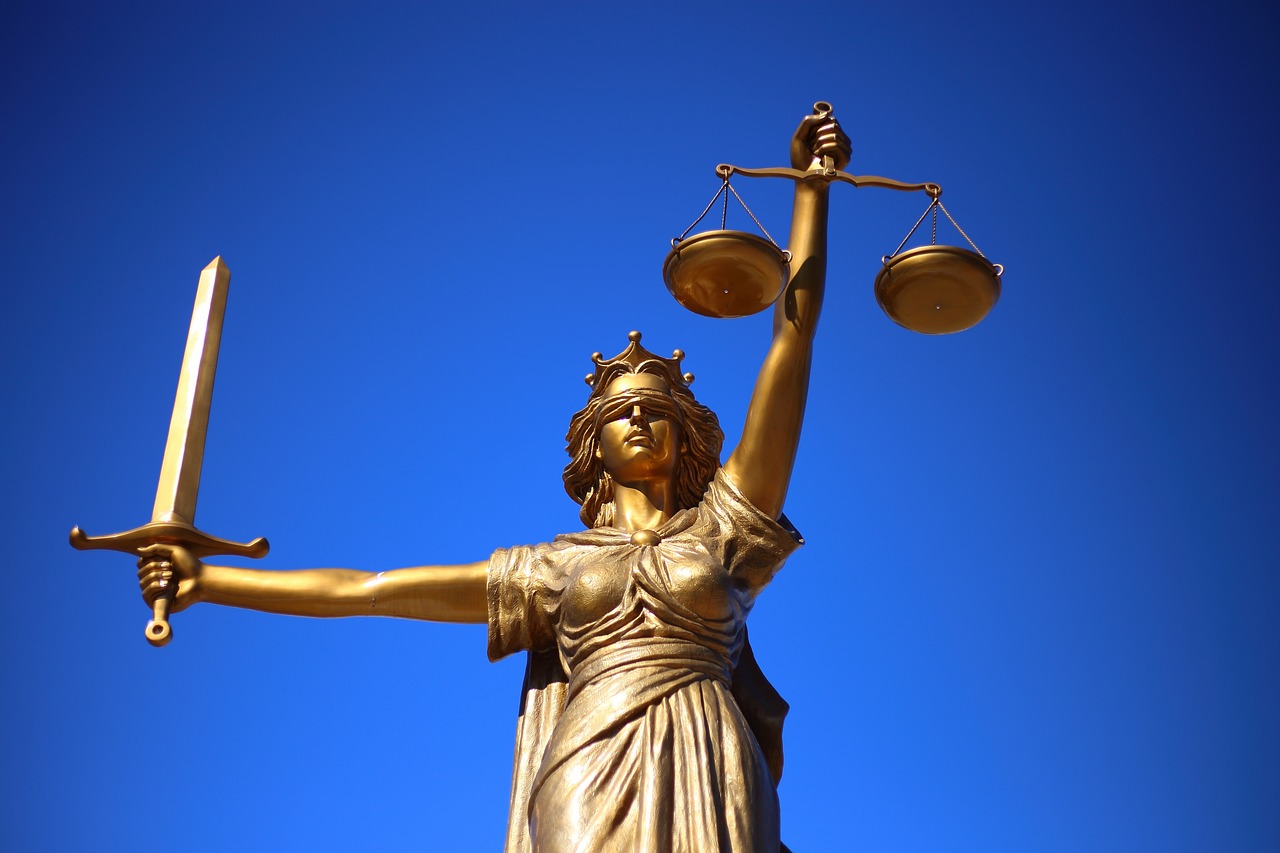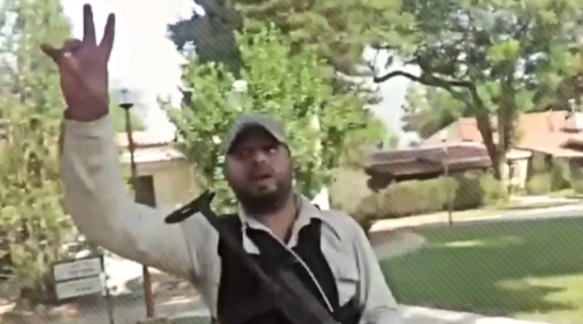A key fortress in biblical times, Lachish overlooked the main transportation route between Egypt and Assyria. Its famous conquerors include Joshua, Sannacherib and Nebuchadnezzer
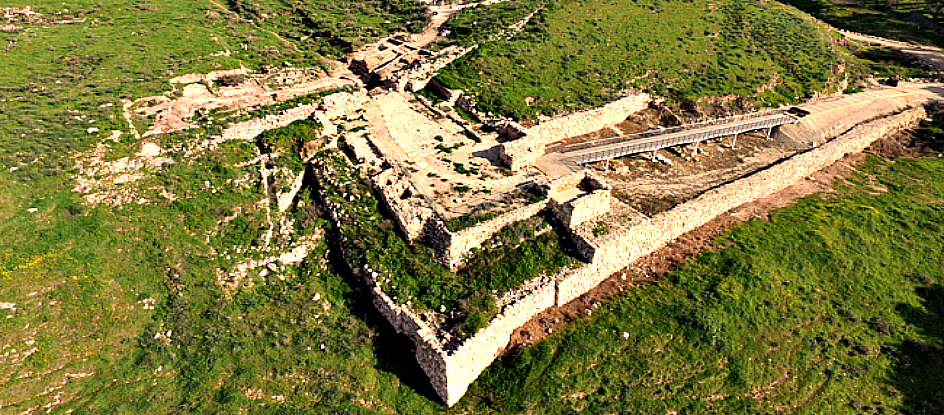
Tel Lachish, site of the ancient fortified city of Lachish, lies 9 km S.E. of Kiryat Gat on the border between the Judean Lowlands and the Judean hills.
Strategically located on an ancient “highway” of Biblical times, which extends from the Philistine coast (Southern Coastal Plain) to Hebron, corresponding to present day road 35. From Hebron this ancient “highway” proceeded northwards following today’s road 60.

Lachish developed into a fortified city during the Bronze age. (3300-1220 B.C.E.) and is mentioned in the Tel Amarna letters (14th century B.C.E.) The letters are inscribed on clay tablets & are a record of the diplomatic correspondence between the Egyptian administration and their representatives in Canaaan. Bear in mind that Lachish was a very prosperous city during the Egyptian rule of Canaan.
Biblical references to Lachish are numerous. It was one of the 5 cities that united against Gibeon, for having made peace with Joshua. (Joshua 10:3). Joshua later conquered the city and made it part of the tribal allotment of Judah. (Joshua 15:39)
After the death of King Solomon in 930 B.C.E, the United Kingdom transformed into the Divided Kingdom. The Southern Kingdom became known as “Judea”, which included Jerusalem and all territory to the south. It was populated by the tribes of Judah and Benjamin under the kingship of Rehoboam, who fortified Lachish (2 Chronicles 11:9).
The Northern kingdom acquired the name “Israel” which included all territory to the north of Jerusalem, and populated with the remaining 10 tribes under the kingship of Jeroboam 1.
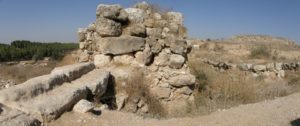
In 722 B.C.E, the Assyrian king Sargon 2 (722 – 705 B.C.E.) conquers the northern kingdom of Israel. The remnants of the 10 tribes that resided in the area were taken into captivity & have since been referred to as the 10 lost tribes.
Even though Lachish was located within the borders of the southern kingdom of Judea, Sannacherib (705 – 681 B.C.E.), successor to Sargon 2 wanted Assyrian sovereignty to include the kingdom of Judea as well. Sannacherib conquered Lachish in 701 B.C.E. The event is recorded both in the Bible (2 Kings 18:13-17) and on stone reliefs that were housed in his palace at Nineveh.
Emboldened by his victory, Sannacherib set his sights on Jerusalem which lies to the north of Lachish. Under the leadership of King Hezekiah (716 – 687 B.C.E), Jerusalem manages to overcome the Assyrian siege, thereby saving the city and the southern kingdom of Judea.
This setback does not however prevent Sannacherib from recording (on what is known as the Sannacherib Prism), details pertaining to the siege of Jerusalem. In particular, the prism describes King Hezekiah as being trapped like “a bird in a cage”.
In 605 B.C.E, the Babylonians crush the Assyrian – Egyptian alliance and become the dominant power in the region. Nebuchadnezzer (605-567 B.C.E.), the Babylonian king initiates 2 campaigns against the kingdom of Judea. Both campaigns are recorded in the Bible (2 Kings 24:10 & 2 Kings 25:1) and Lachish falls into Babylonian hands in 598 B.C.E.
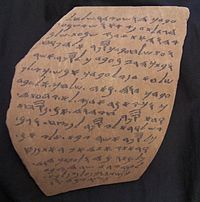
Twenty One letters known as the Lachish Letters were discovered on site & pertain to this period. The Letters were written in ancient Hebrew on what are known as ostraca. Ostraca are broken pieces of pottery which were used as a writing surface that in this case, were inscribed with carbon ink. Of note is letter number 4 which gives an account of the Babylonian invasion.
The letter was written by Hoshaya, a junior commander stationed in a nearby city to his commander Yaush, who was stationed on Lachish. Hoshaya informs Yaush that Azeka, a town to the north of Lachish has been destroyed by the Babylonians. In 586 B.C.E, the Babylonians destroy the first Temple and Judea is subjugated to Babylonian rule.
Lahish was resettled after the Babylonian exile ended (Nehemiah 11:30), but never attained its previous status.
The present day settlement on the south side of the Tel adopted the name Lachish. It started as a kibbutz in 1955 but evolved into a Moshav. Their economy is based on the growing and marketing of grapes.
Some of the archaeological finds on the site include the following:
A 44 meter deep well from the Bronze Age (4000-3300 B.C.E.)
A fosse and glacis from the middle Bronze age (3300 – 1550 B.C.E.). Constructed for fortification purposes, a fosse is essentially a dry moat and a glacis a sloped embankment.
A palace fort from the Judean kingdom (722-586 B.C.E.), built over earlier middle bronze and late bronze age palaces.
LMLK handle seals which are Hebrew seals stamped on the handles of large storage jars.
A double & inner gate built by the defenders of the city.
An Assyrian siege ramp built in 701 B.C.E.
The Lachish letters.
A sun temple from the Persian period (538 – 332 B.C.E.)
Tel Lachish National Park is open year round. It is a comfortable trek for families and is now being made accessible to the handicapped. It is about a km long route and can take up to 2 hours. In the summertime it is preferable to visit in the afternoon hours as the location offers little shade.
____________________
Ron Traub is a certified Israeli tour guide and can be reached by email at rrdg
[Find this article interesting? You can find more in depth articles on Israel and the Middle East @en.mida.org.il]

